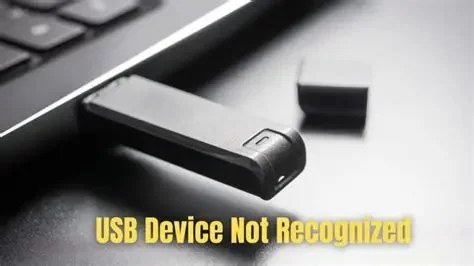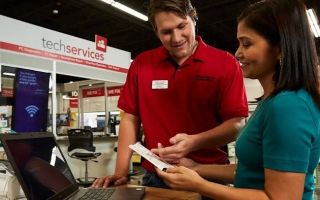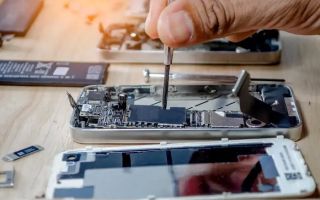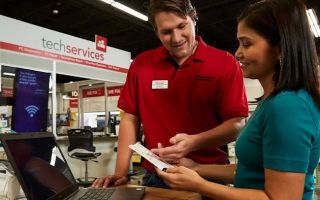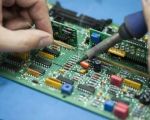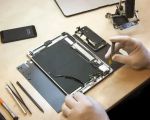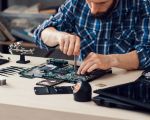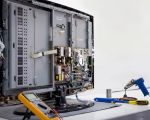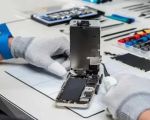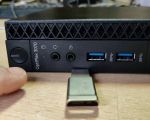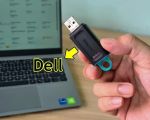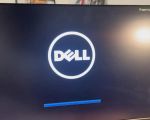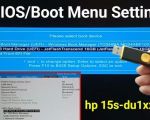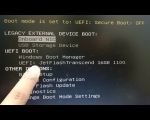- understanding-why-usb-device-not-recognized-happens
- first-response-basic-steps-to-troubleshoot
- digging-deeper-driver-issues-and-hardware-conflicts
- real-case-a-photographer-lost-his-work
- when-its-time-to-seek-professional-help
1. Understanding Why “USB Device Not Recognized” Happens
You plug in your USB drive, and instead of your files popping up, a notification appears: “USB Device Not Recognized.” It's frustrating—and common. But what does it actually mean? This error usually occurs when your Windows system fails to communicate with the hardware. It can stem from outdated drivers, corrupted system files, or even power issues on the USB port itself.
Understanding the cause is the first step toward finding the right fix. In many cases, it's not about your USB device being broken—it's your system needing a little tune-up.
2. First Response: Basic Steps to Troubleshoot
2.1 Try a Different Port or Computer
This may sound simple, but it’s surprisingly effective. If your USB device isn’t recognized, try another USB port. If you’re using a desktop, use a port on the back. If that doesn’t work, test the device on another computer. Sometimes the issue lies with the port, not the device.
2.2 Restart the System
A classic move for good reason. Restarting can reset USB controllers and resolve temporary glitches. After rebooting, plug your USB device in again and see if the system detects it.
2.3 Check Device Manager
Head to Device Manager (Right-click Start > Device Manager) and look for yellow triangles or unknown devices under “Universal Serial Bus controllers.” If your device shows up with an error, it’s a driver issue.
3. Digging Deeper: Driver Issues and Hardware Conflicts
3.1 Update or Reinstall Drivers
In Device Manager, right-click on the malfunctioning USB device and choose “Update Driver.” If that doesn’t work, uninstall it and then restart your PC—Windows will attempt to reinstall it automatically.
3.2 Power Management Settings
Sometimes Windows tries to save power by turning off USB ports. Go to Device Manager, find your USB Root Hubs under “Universal Serial Bus controllers,” right-click each one, go to “Properties > Power Management,” and uncheck “Allow the computer to turn off this device to save power.”
3.3 BIOS/UEFI Settings
In rare cases, USB ports may be disabled in the BIOS. Reboot your computer and enter BIOS setup (usually by pressing DEL or F2), then verify that USB functionality is enabled.
4. Real Case: A Photographer Lost His Work
Michael, a wedding photographer, plugged in his external drive after a shoot only to see the dreaded “USB Device Not Recognized” message. Panic set in. After trying different ports and updating drivers to no avail, he reached out to Computer Repair, where technicians discovered the device was pulling insufficient power from a faulty port. They used a powered USB hub, and the drive loaded perfectly—with all photos intact.
This case shows how hardware quirks can mimic serious software problems. Professional diagnostics can save both time and data.
5. When It’s Time to Seek Professional Help
If your device still isn’t recognized after following the steps above, it might be time to consult experts. Particularly if your USB holds valuable data—don’t risk data loss with guesswork.
The team at Computer Repair specializes in diagnosing USB issues, whether they're driver conflicts, power inconsistencies, or even physical port damage. Their services help users restore full functionality without unnecessary replacement costs.
In today’s tech-reliant world, USB errors are inevitable—but solvable. With the right mix of DIY checks and professional guidance, you can keep your files, and your sanity, intact.

